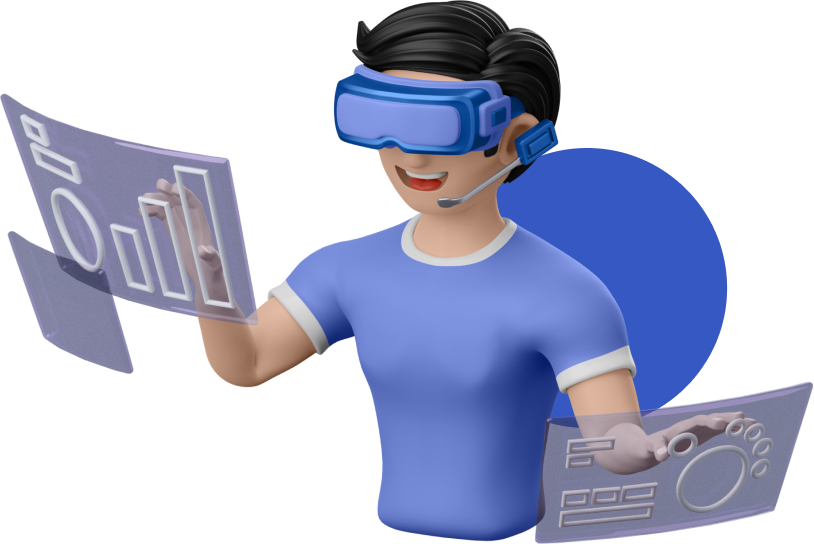
What is Glaucoma?

Symptoms of Glaucoma
- Seeing rainbow-colored circles around lights, especially at night.
- Frequent change in the power of glasses.
- If your vision becomes blurry, especially in low light or at night.
- Finding it hard to see things from the sides of your eyes.
- Lasting eye pain or headaches, sometimes with nausea.
- Sensing that your view is like peering through a narrow tunnel
- Noticing consistent, uncomfortable pressure in your eyes
Who are at risk for Glaucoma?


How is glaucoma diagnosed?
Glaucoma Test can be through a comprehensive eye examination. This may involve several steps
1. Eye Pressure Test: The doctor will measure the pressure inside your eyes using a device called a tonometer. High eye pressure can be a sign of this eye problem.
2. Gonioscopy: In this test, the eye doctor will use a special lens to examine the drainage angle of your eye. Narrow or closed drainage angles can increase the risk of glaucoma.
3. Pachymetry: This test measures the thickness of your cornea, as thin corneas may indicate a higher risk.
4. Optic Nerve Examination: Your optic nerve at the back of your eye will be examined using a special instrument called an ophthalmoscope.
5. Visual Field Test: This test checks your peripheral vision to see if there are any areas of vision loss, which can indicate this issue.

How is Glaucoma Treated?
Glaucoma specialists in Delhi use drops, meds, lasers, and surgery to lower eye pressure.
1. Medication: Eye drops or oral medications are often prescribed to reduce eye pressure by either decreasing fluid production or improving drainage.
2. Laser Therapy: Procedures like selective laser trabeculoplasty (SLT) or laser peripheral iridotomy (LPI) can help improve drainage and reduce eye pressure.
3. Glaucoma Surgery: In cases where medications and laser therapy are ineffective, surgical procedures like trabeculectomy or minimally invasive glaucoma surgery (MIGS) or Shunt like AGV, may be recommended to create a new drainage pathway for the eye fluid.
The type of surgery or treatment will be suggested as per your eye conditions and glaucoma types.You just need to book an appointment with Glaucoma Specialist.
Diabetic Retinopathy


Symptoms to Watch Out For



Treatment of Diabetic Retinopathy

Intra-Vitreal injections:
Ophthalmologists work with numerous intravitreal injections to deliver medication to the eye’s vitreous cavity. The underlying eye problem determines the injection and medicine.

Focal Grid Laser:

How is retinopathy detected?

Visual Acuity Testing:

Tonometry:





